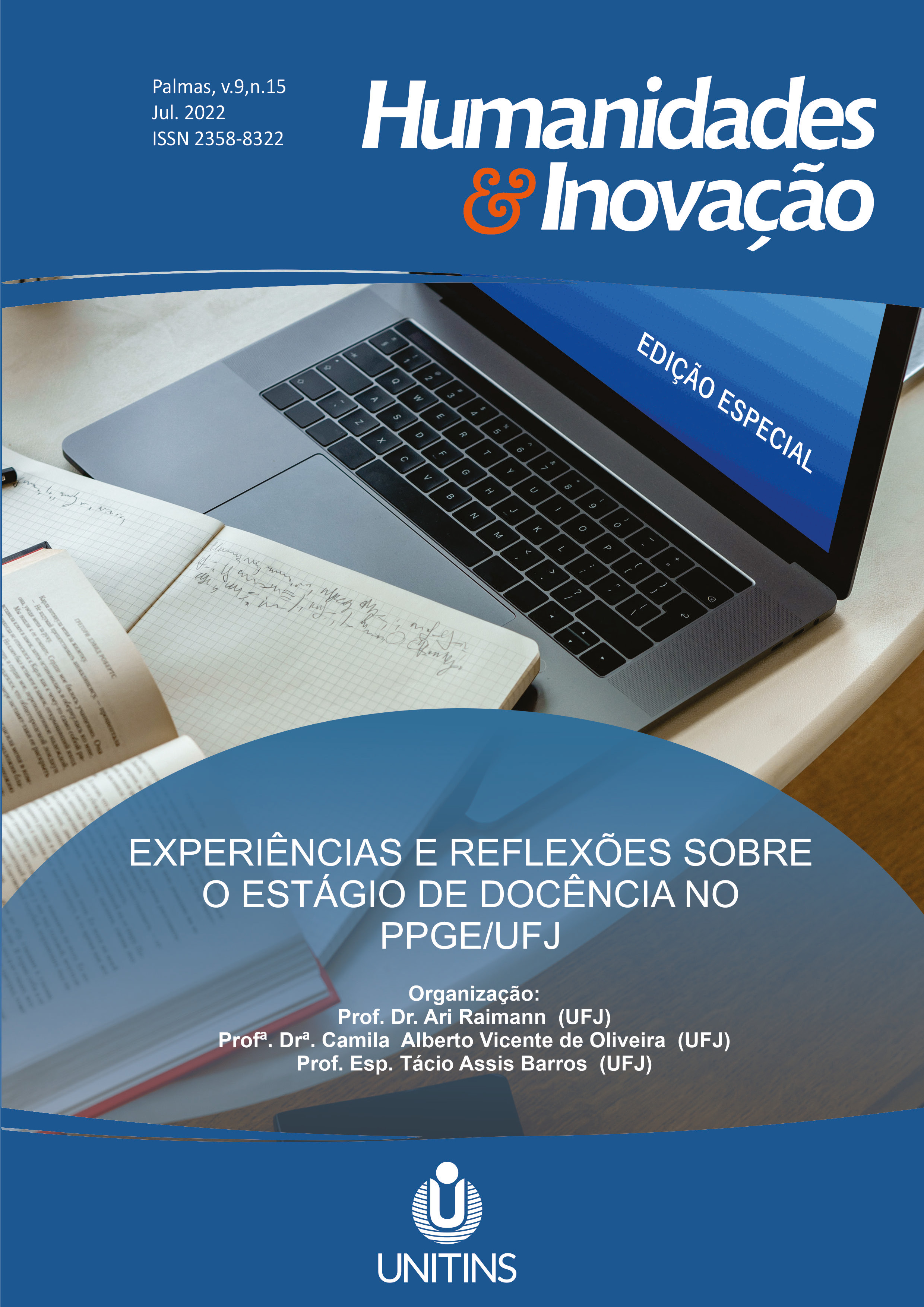O EUDEMONISMO E A DEMOCRATIZAÇÃO DA FAMÍLIA NO DIREITO BRASILEIRO
Abstract
O presente ensaio visa analisar o conflito entre família tradicional e novas modalidades familiares, além das implicações legislativas em campo de norma fundamental, suas problemáticas e significados. O método é o hipotético-dedutivo por coleta de dados, e análise bibliográfica e documental. Objetiva-se comprovar a hipótese de que há legitimidade nas novas formas de família, pois a família representa a união entre pessoas que possuem laços sanguíneos, de convivência e baseados no afeto. Conclui-se que o Eudemonismo é uma modalidade familiar que deve ser protegida pelo Estado, visto os diversos princípios e fundamento Constitucionais, bem como doutrina, jurisprudência e leis do Direito de Família.
References
BRASIL. Lei n. 10.406, 10 de janeiro de 2002. Institui o Código Civil. Diário Oficial da União, Brasília, DF, 11 jan. 2002.
BRASIL. Superior Tribunal da Justiça - REsp: 1284566 RS 2011/0232543-3, Relator: Ministro JOÃO OTÁVIO DE NORONHA, Data de Julgamento: 23/06/2015, T3 - TERCEIRA TURMA, Data de Publicação: DJe 26/06/2015, Disponível em: https://stj.jusbrasil.com.br/jurisprudencia/524323837/recurso-especial-resp-1286632-rs-2011-0244419-4. Acesso em 16 de julho de 2020
DIAS, Maria Berenice. Manual de direito das famílias. 9. ed. rev., atual. e ampl. São Paulo: Revista dos Tribunais, 2018.
GIDDENS, Anthony. O que é Sociologia? In: Sociologia. 4ª Ed, Porto Alegre: Artmed, 2016.
LÔBO, Paulo. Direito Civil: Famílias. 4ª ed., São Paulo: Saraiva, 2011. Pg. 17;
Copyright Notice
The submission of originals to this periodic implies in transference, by the authors, of the printed and digital copyrights/publishing rights. The copyrights for the published papers belong to the author, and the periodical owns the rights on its first publication. The authors will only be able to use the same results in other publications by a clear indication of this periodical as the one of its original publication. Due to our open access policy, it is allowed the free use of papers in the educational, scientific and non-commercial application, since the source is quoted (please, check the Creative Commons License on the footer area of this page).











